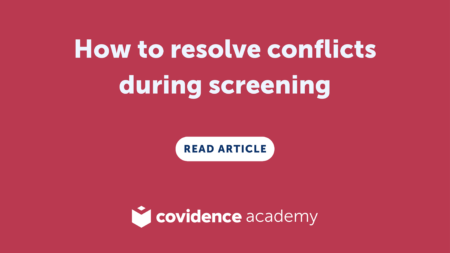By identifying the reasons for low inter-rater reliability, steps can be taken to address them and improve the consistency and accuracy of the ratings.
There are several ways to improve inter-rater reliability, including:
- Clear criteria and definitions: Ensure that the criteria and definitions used to evaluate the phenomenon are clear and unambiguous. This can be done through training, discussions, or reference materials.
- Standardised protocol: Provide a standardised protocol or form that guides the raters in their evaluations. This can include instructions, rating scales, and examples of what to look for.
- Training: Train the raters on how to use the protocol and how to apply the criteria consistently. This can include practice exercises for screening, feedback, and discussion.
- Monitoring: Monitor the raters during the evaluation process to ensure that they are applying the criteria consistently. This can include observing their evaluations, providing feedback, and resolving any disagreements.
- Blind ratings: Blind ratings can be used to improve inter-rater reliability by preventing raters from being influenced by the ratings of others. Covidence does this automatically.
- Pilot testing: Pilot testing can be used to identify any issues with the protocol or criteria before the actual evaluation process begins.
By using these methods, you can improve the consistency and accuracy of the ratings, which can lead to more reliable and valid research findings.
Click here to go back to Covidence Academy.
Already have an account? Sign in and start screening!
Explore more resources.


